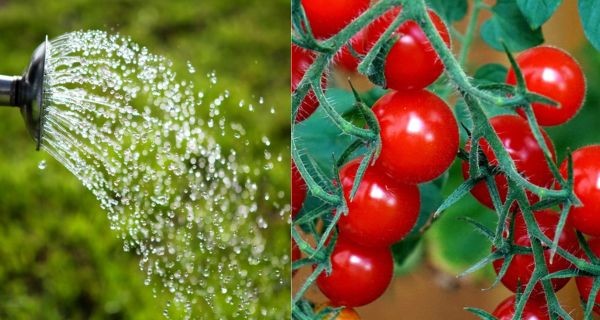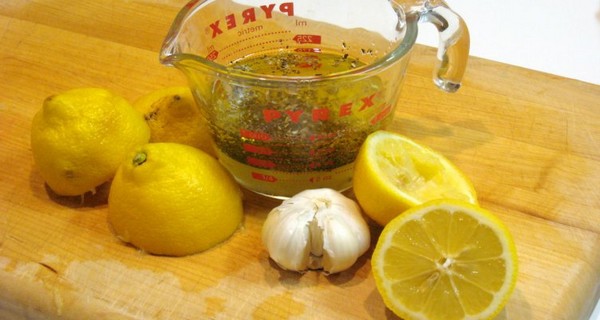Ad Blocker Detected
Our website is made possible by displaying online advertisements to our visitors. Please consider supporting us by disabling your ad blocker.
6. WATERING TOMATOES TOO OFTEN OR NOT ENOUGH

Achieving the right balance of watering is crucial for healthy tomato plants. Overwatering can affect the fruit’s taste, and underwatering can cause diseases. Instead of shallow and frequent watering, consider using a drip irrigation system for a gentler approach. As the plants mature, “deep watering” is the best practice, where the soil is slowly soaked to allow the water to penetrate deeply into the roots.
It is recommended to water deeply once or twice a week, but sandy soil may need watering every four to five days, while heavy soil can go seven to 10 days. Consistent moisture is essential, so check the soil daily by placing your finger an inch or two beneath the surface to ensure that it is evenly moist. However, avoid sudden or irregular changes in moisture levels that can cause problems like splitting and blossom end rot. Near the end of the season, reducing irrigation can improve flavor, but keep the plants well-hydrated during the growing season.
7. FERTILIZING TOMATOES TOO MUCH OR NOT ENOUGH
ALSO READ:15 BRILLIANT USES FOR EGGSHELLS IN THE HOME & GARDEN
Achieving healthy tomato plants requires proper fertilization, which can be challenging. Giving too much or too little fertilizer can result in issues like calcium deficiency or overgrowth of foliage.
To avoid such problems, it’s advisable to choose an organic tomato fertilizer that includes NPK ( Order here) micronutrients and calcium in balanced proportions. A good dose of phosphorus in the fertilizer will promote the production of fruit. Different types of tomato fertilizers, such as granular, water-soluble, or slow-release options, are available. However, it’s essential to follow the manufacturer’s instructions for application rates and timing. Over-fertilization can be harmful, just like under-fertilization.
As a gardener, you should regularly check your plants for signs of nutrient deficiency or excess, such as yellowing leaves, stunted growth, or leaf burn. You should adjust your fertilizer application as necessary.
8. NOT PROVIDING PROPER SUPPORT
Supporting tomato plants is crucial to ensure optimal growth, prevent diseases and pests, facilitate harvesting, and maximize garden space. Whether you are growing determinate or indeterminate tomato varieties, providing support structures can be beneficial.
It’s important to support tomato plants immediately after transplanting to prevent root damage. There are three popular methods for supporting tomato plants:
- Staking involves using metal or wooden stakes that are usually 3 to 6 feet long, depending on the tomato variety. As the plant grows taller, the main stem is loosely but securely tied to the stake.
- Caging is a simple method that involves using wire cages to support and contain plants. The tomato stems are pulled through the wire as the tomatoes grow.
- Trellising is an effective and visually pleasing support option, particularly for indeterminate tomato varieties. It can be done using string, metal posts, or wire tied together in rows, as long as the structure is sturdy enough to hold the heavy limbs of the plants.

